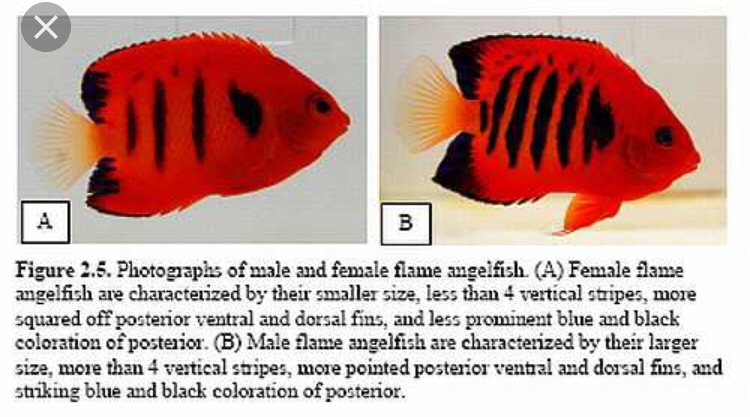- Joined
- Oct 1, 2017
- Messages
- 3,060
- Reaction score
- 2,521
Sorry Mike it’s been years. Have a male and a female so can tell you the differences. Also remember what I was looking for for a long time when shopping for a female. Mostly all flames you see are male. Because they get shipped alone, and if they haven’t changed already during shipping get put into the lfs tank alone. So you gotta get a female asap after shipped, be persistent, and get lucky


















